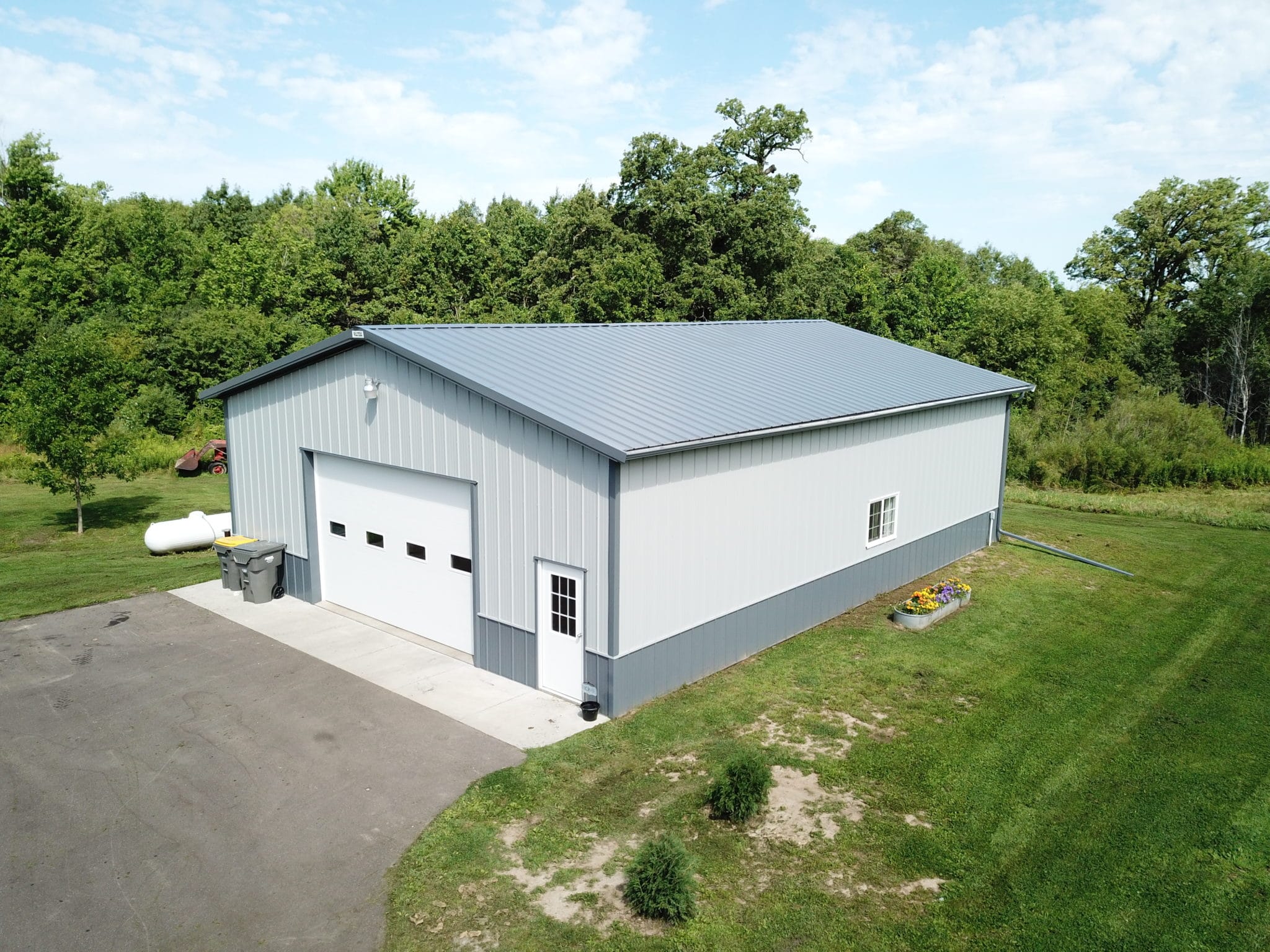
Hey there, fellow DIYers! Ever dreamed of having a space just for you, a place to escape the everyday and pursue your passions? A workshop, a garage, a storage haven, maybe even a party barn? Well, you're in luck because we're about to dive into the world of pole barns, and trust me, they're amazing!
So, what makes a pole barn so awesome? First off, they're super versatile. Need a big, open space? Got it! Need to park your classic car in style? No problem! Want to host epic gatherings with friends and family? Absolutely! They're also known for being surprisingly affordable and relatively quick to build.
Ready to get your hands dirty? Let's break down the process step-by-step, from planning your dream barn to actually putting those poles in the ground!
### Planning is Everything!
First things first, let's get clear on what you want. Think about the purpose of your pole barn:
Workshop: What kind of projects are you envisioning? Do you need lots of natural light or specific electrical setups?
Garage: How many cars or vehicles will be housed? Do you need extra space for tools, equipment, or even a small office?
Storage: What are you storing? Do you need climate control? Are you planning to use it for seasonal items or long-term storage?
Multi-Purpose: Are you looking for a mix of all the above? Do you want a party space, a guest house, or even a small livestock barn?
Once you've got a clear vision, it's time to start planning! Here's what you'll need to consider:
Size and Shape: Determine the dimensions you need, taking into account the size of your equipment, vehicles, or whatever you'll be storing. Consider the layout and how you'll use the space.
Location: Where will your pole barn sit? Think about access, drainage, sunlight, and any existing structures or utilities.
Foundation: Pole barns typically use concrete piers, but you can also opt for other types like helical piers or a slab foundation. The best option depends on your soil conditions and budget.
Framing: Pole barns are known for their sturdy wood framing. Choose the right lumber for your project, considering load-bearing capacity and aesthetics.
Roofing: A metal roof is popular for pole barns due to its durability and affordability. Think about the style (standing seam, corrugated, etc.) and color that suits your vision.
Siding: Choose siding that offers good insulation and weather resistance. You have options like metal, vinyl, or even wood.
Doors and Windows: Consider your needs for natural light, ventilation, and access. There are various styles and sizes to choose from.
### Permits and Professional Help: Don't Forget!
Before you start digging, check with your local building department. They'll guide you on the necessary permits and building codes. You may also want to consult with a structural engineer for guidance on foundation design and framing.
### Get Your Hands Dirty: Building the Foundation
With your permits in place, you're ready to start building! Here's how the foundation process typically goes:
1. Site Prep: Clear the area of any obstructions and mark the location of the piers using stakes and string.
2. Excavation: Dig holes for the piers, ensuring they're deep enough to meet frost line requirements and support the weight of your barn.
3. Concrete Pour: Mix and pour concrete into the holes, carefully leveling and setting rebar for strength. Allow ample time for the concrete to cure before proceeding.
### Erecting the Poles and Framing: A Symphony of Strength
Once the foundation is set, it's time for the real magic â€" raising the poles! This can be a bit tricky, so consider getting a helping hand, or hiring professionals to do the heavy lifting.
1. Pole Installation: Carefully set the pre-treated poles into the concrete piers, making sure they're plumb and level.
2. Framing: Connect the poles with horizontal beams (purlins) and vertical bracing to form the structural framework. Use strong fasteners and consider using a crane to lift and position heavy pieces.
### Roof It Up!
Time to cover your frame and keep the elements out! Metal roofing is a popular choice due to its durability and low maintenance:
1. Sheathing: Install sheathing (plywood or OSB) to create a solid surface for the roofing panels.
2. Metal Roofing: Start by attaching the starter strip and then carefully lay the metal roofing panels, overlapping them and securing them with screws. Don't forget about flashing around the edges and penetrations.
### Siding, Doors, and Windows: The Finishing Touches
Now for the aesthetic touches! Choose the right siding, doors, and windows to complete your pole barn:
1. Siding Installation: Follow the manufacturer's instructions for installing your siding, making sure it's level and weathertight.
2. Doors and Windows: Carefully measure and install doors and windows, ensuring they're properly sealed and insulated.
### Finishing Touches: The Finishing Touches!
With the structure complete, it's time to personalize your pole barn:
1. Electrical: Install electrical wiring and fixtures, ensuring you meet all local codes and regulations.
2. Insulation: Add insulation to your walls and roof to improve energy efficiency and comfort.
3. Flooring: Choose a flooring material that's durable and suitable for your intended use â€" concrete, epoxy, wood, or even tile.
### Enjoy Your New Pole Barn!
Congratulations! You've successfully built your very own pole barn. Now, enjoy the fruits of your labor â€" a versatile space that can be used for anything you imagine. From workshops to garages, storage units to party barns, the possibilities are endless.
Remember, this is just a basic guide. Every project is unique, and you may need to make adjustments depending on your specific needs and resources. But with careful planning, a bit of elbow grease, and a whole lot of passion, you can build the ultimate pole barn for your dreams!
No comments:
Post a Comment